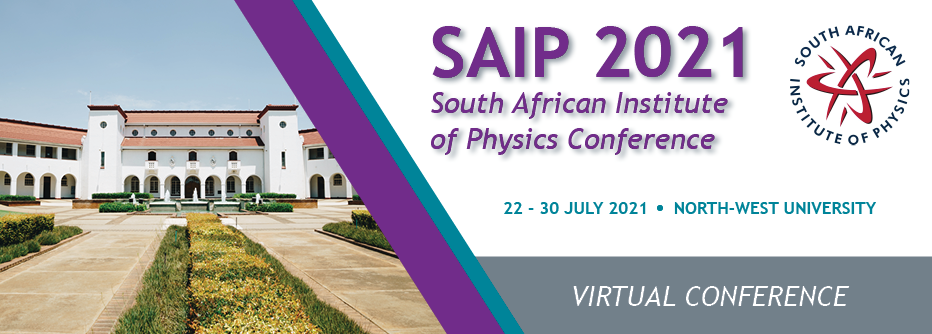Speaker
Description
Time coincidence detection of annihilation photon pairs is used to determine the instantaneous position of point-like particles used as flow following tracers in dynamic systems. Locations are calculated by a minimisation approach applied to a small number of reconstructed pairs assuming a fixed signal to noise ratio. Consecutive locations define the particle trajectory, and hence the dynamic parameters of particle motion, from which the global system behaviour is inferred. The measurement precision depends upon the positron range and annihilation physics, the spatial resolution and geometry of the detector array, and the amount of photon scattering and absorbing material within the field of view. Statistical processes further limit the precision, with high activity tracers (100s MBq) and high event rates (MHz) preferred. However, deadtime, pulse pileup, and the increased contribution of random coincidences reduce the signal to noise ratio in these conditions.
At PEPT Cape Town large arrays of position sensitive detectors are used to track particles with diameters down to 50 um to within 1 mm in 3D. Typically particles moving at speeds up to 10 m/s can be reliably tracked, by measuring locations many thousands of times per second. In an effort to observe flow phenomena on the micro-scale we have investigated the use of small scale pixelated semiconductor detectors with superior energy resolution. An analysis of the factors contributing to spatial resolution in PEPT measurements in both scenarios is presented.
Apply to be considered for a student ; award (Yes / No)?
no
Level for award;(Hons, MSc, PhD, N/A)?
N/A

